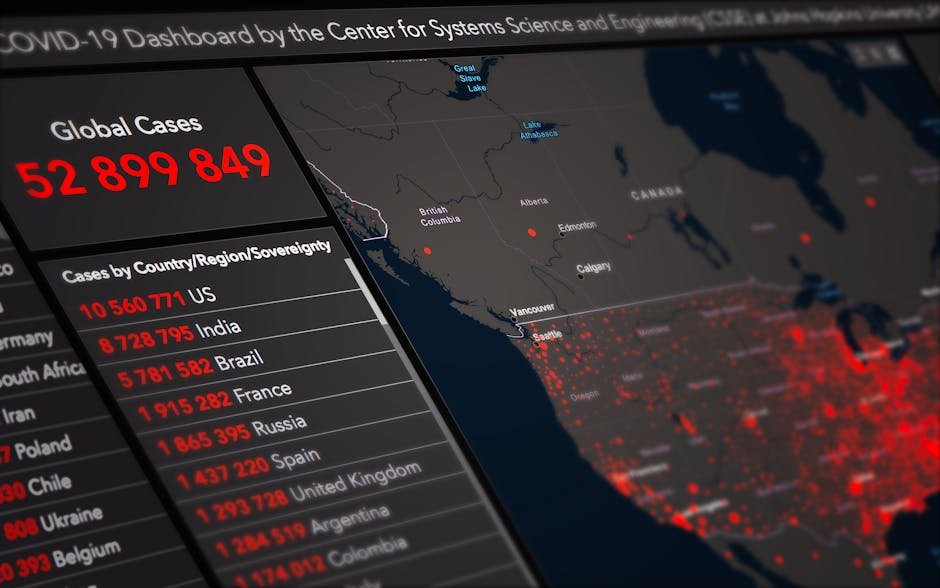Southeast Asia Courts Remote Workers with Digital Nomad Visas: A 2025 Boom?
Southeast Asia is witnessing a surge in popularity as a destination for digital nomads in 2025, driven by newly implemented or streamlined visa programs in key countries like Thailand and Malaysia. These initiatives aim to attract high-skilled remote workers, boosting local economies and diversifying revenue streams beyond traditional tourism. However, the long-term success and impact of these programs remain to be seen, dependent on several factors including infrastructure, cost of living, and visa processing efficiency.
Thailand’s Long-Stay Visa Program: A Case Study
Thailand’s revamped long-stay visa, introduced in 2025, has significantly eased entry requirements for digital nomads. The program streamlines the application process, reducing bureaucratic hurdles and accelerating approval times. This move reflects a proactive approach by the Thai government to attract a desirable demographic known for their higher spending habits. The program’s success is being closely monitored by neighboring countries considering similar initiatives.
Challenges and Opportunities
Despite the positive changes, challenges persist. Concerns remain about potential strain on infrastructure, such as internet connectivity and public transportation, in areas popular with digital nomads. The Thai government is actively investing in infrastructure upgrades to mitigate these concerns. Additionally, the program’s long-term economic impact will require careful analysis beyond initial anecdotal reports.
Malaysia’s Digital Nomad Visa: A Competing Initiative
Malaysia launched its own digital nomad visa program in 2025, aiming to compete with Thailand and other regional hubs. The Malaysian program focuses on attracting high-value individuals, emphasizing a robust digital infrastructure and a comparatively lower cost of living. The program’s success will depend on its ability to effectively market itself internationally and attract talent away from established hubs.
Differentiating Factors
Unlike Thailand’s focus on long-stay visas, Malaysia’s program offers a range of options tailored to different durations of stay. This flexibility is designed to attract a broader spectrum of digital nomads, from those seeking short-term escapes to those planning extended stays. Early indications suggest a strong response, particularly amongst tech professionals from developed nations.
Economic Impacts and Regional Competition
The influx of digital nomads represents a significant opportunity for Southeast Asian economies. These workers often contribute significantly to local businesses, from cafes and co-working spaces to healthcare providers and tourism-related services. Governments are actively promoting the benefits of these programs to showcase the economic potential of this growing sector.
Key Economic Indicators (2025 Data):
- Thailand: Reported a 15% increase in tourism revenue attributed to digital nomads in Q3 2025, compared to the same period in 2024.
- Malaysia: Saw a 10% rise in foreign direct investment linked to digital nomad-related businesses in the first half of 2025.
- Other Southeast Asian Nations: Several countries are now exploring similar visa initiatives, fueled by the success (and competition) demonstrated by Thailand and Malaysia.
Infrastructure and Sustainability Concerns
The rapid growth of digital nomad populations poses challenges to infrastructure and sustainability. Increased demand for high-speed internet, affordable housing, and reliable public transportation necessitates significant investment. Moreover, the environmental impact of this influx of travelers needs to be carefully assessed and mitigated to ensure responsible and sustainable growth.
Sustainable Tourism Initiatives
Several organizations are collaborating with governments to develop sustainable tourism practices targeting the digital nomad community. These initiatives focus on minimizing environmental impact, promoting responsible consumption, and supporting local communities. The long-term success of these efforts will be crucial for balancing economic benefits with environmental protection.
The Future of Digital Nomad Visas in Southeast Asia
The success of these digital nomad visa programs is far from guaranteed. Long-term sustainability requires continuous adaptation and evaluation. Governments need to monitor the impact on local communities, address potential negative consequences, and fine-tune their policies accordingly. The effectiveness of marketing and outreach programs will also play a critical role in attracting and retaining talent.
Forecasting Future Trends
- Increased competition between Southeast Asian nations to attract digital nomads.
- Further streamlining of visa application processes and expansion of program eligibility criteria.
- A focus on developing specialized support services for digital nomads, including co-working spaces, language training, and cultural immersion programs.
- Growing interest from other regions globally in adopting similar programs, inspired by the success (or failures) in Southeast Asia.
The future of digital nomad visas in Southeast Asia is dynamic and uncertain. However, the current trend points towards increased competition and a continued focus on attracting and retaining this valuable demographic. The long-term economic and social impact of this shift will require ongoing observation and careful analysis. The success of these programs will ultimately depend on the ability of governments to balance the economic advantages with the needs of their local communities and the environment.







